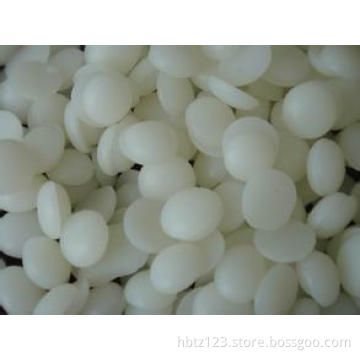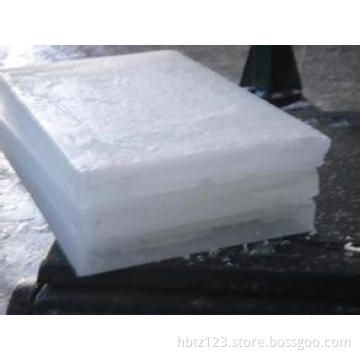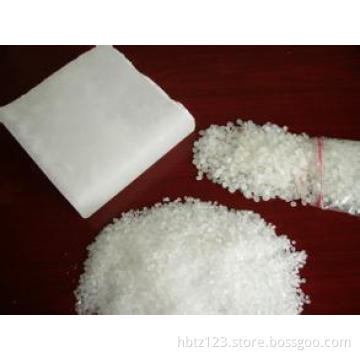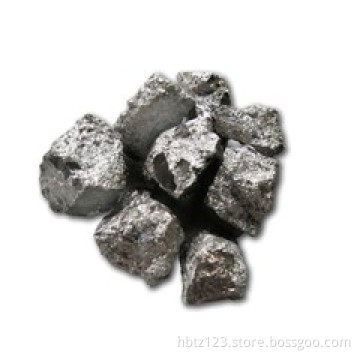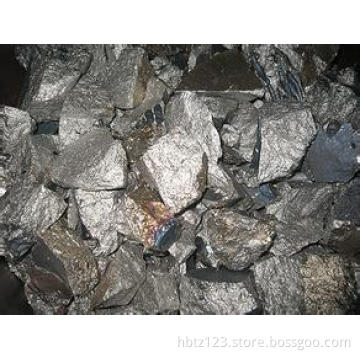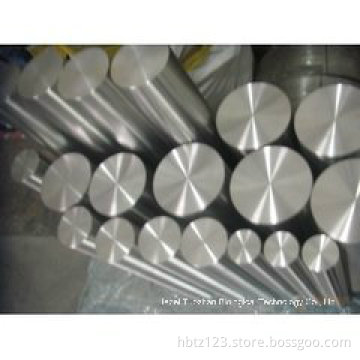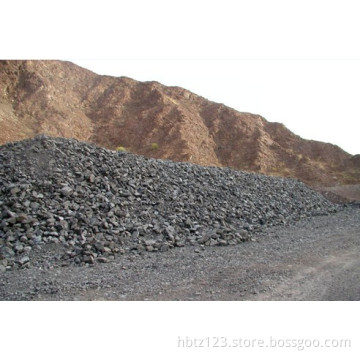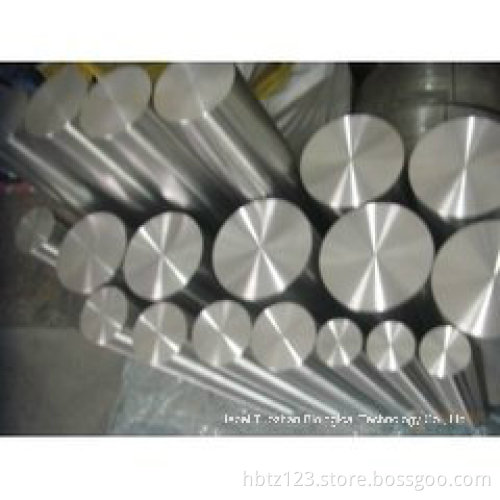
Titanium Alloy for Aircraft Engine
- Payment Type:
- L/C, T/T
Quantity:
Your message must be between 20 to 2000 characters
Contact NowBasic Info
Basic Info
| Place of Origin: | China |
|---|---|
| Payment Type: | L/C, T/T |
Product Description
Product Description
Melting Practice:
Alloy shall be multiple melted. Melting cycle(s) prior to the final melting cycle shall be made using vacuum consumable electrode, nonconsumable electrode, electron beam cold hearth, or plasma arc cold hearth melting practice(s). The final melting cycle shall be made under vacuum using vacuum arc remelting (VAR) practice with no alloy additions Permitted.
Heat Treatment:
Annealed by heating to a temperature within the range 1100 to 1450 ° F (593 to 788 ° C), holding at the selected temperature within ± 25 ° F (± 14 ° C) for not less than 30 minutes, cooling at a rate equivalent to an air cool or slower, and descaled.
Pressure Testing:
Tubing shall show no bulges, leaks, pin holes, cracks, or other defects when subjected to an internal hydrostatic pressure.
Microstructure:
With no continuous network of alpha at prior beta grain boundaries, shall be free of any oxygen-rich layer, such as alpha case, or other surface contamination.
UT Test:
Each tube shall be ultrasonically inspected in accordance with AMS 2634 and shall conform to Class AA.
Alloy shall be multiple melted. Melting cycle(s) prior to the final melting cycle shall be made using vacuum consumable electrode, nonconsumable electrode, electron beam cold hearth, or plasma arc cold hearth melting practice(s). The final melting cycle shall be made under vacuum using vacuum arc remelting (VAR) practice with no alloy additions Permitted.
Heat Treatment:
Annealed by heating to a temperature within the range 1100 to 1450 ° F (593 to 788 ° C), holding at the selected temperature within ± 25 ° F (± 14 ° C) for not less than 30 minutes, cooling at a rate equivalent to an air cool or slower, and descaled.
Pressure Testing:
Tubing shall show no bulges, leaks, pin holes, cracks, or other defects when subjected to an internal hydrostatic pressure.
Microstructure:
With no continuous network of alpha at prior beta grain boundaries, shall be free of any oxygen-rich layer, such as alpha case, or other surface contamination.
UT Test:
Each tube shall be ultrasonically inspected in accordance with AMS 2634 and shall conform to Class AA.
Related Keywords
Related Keywords


